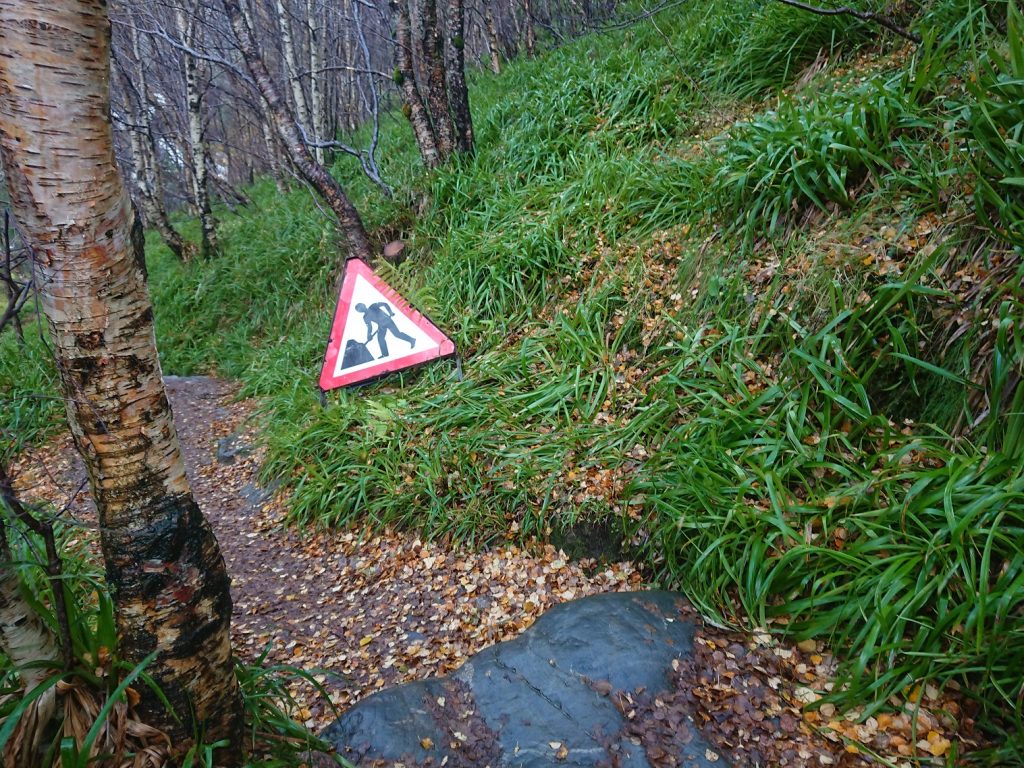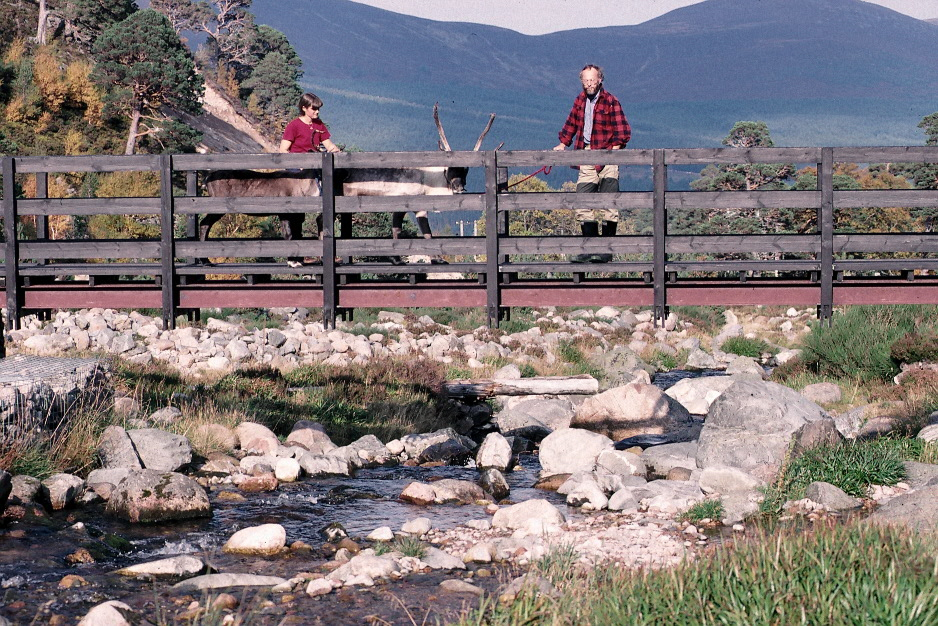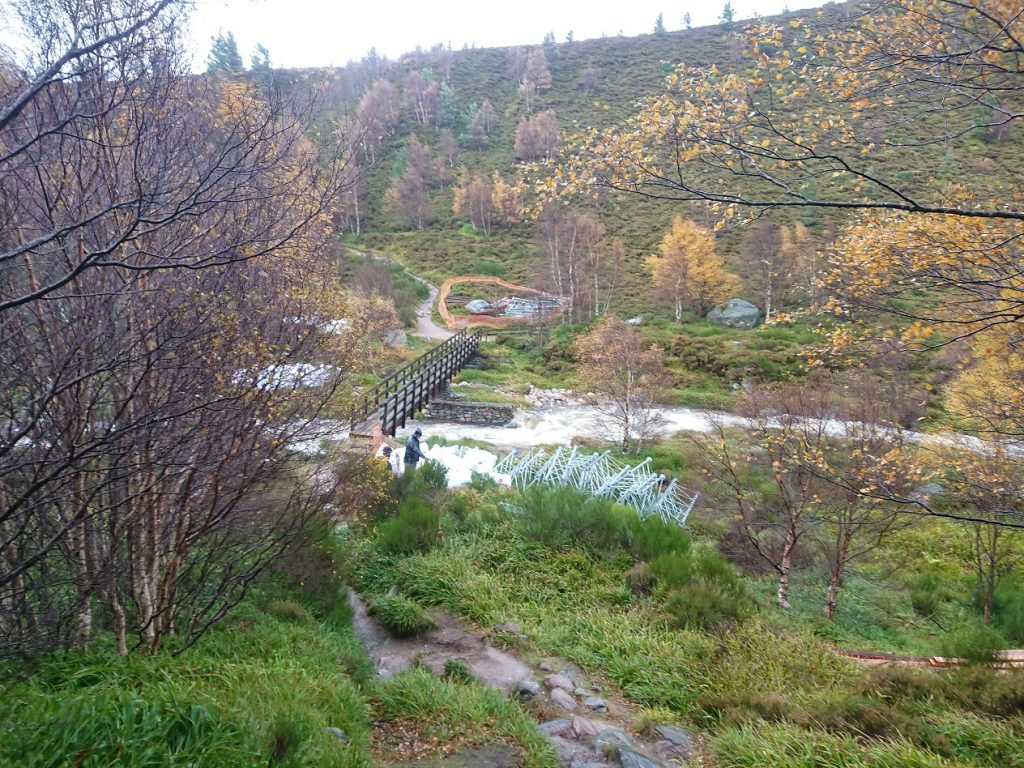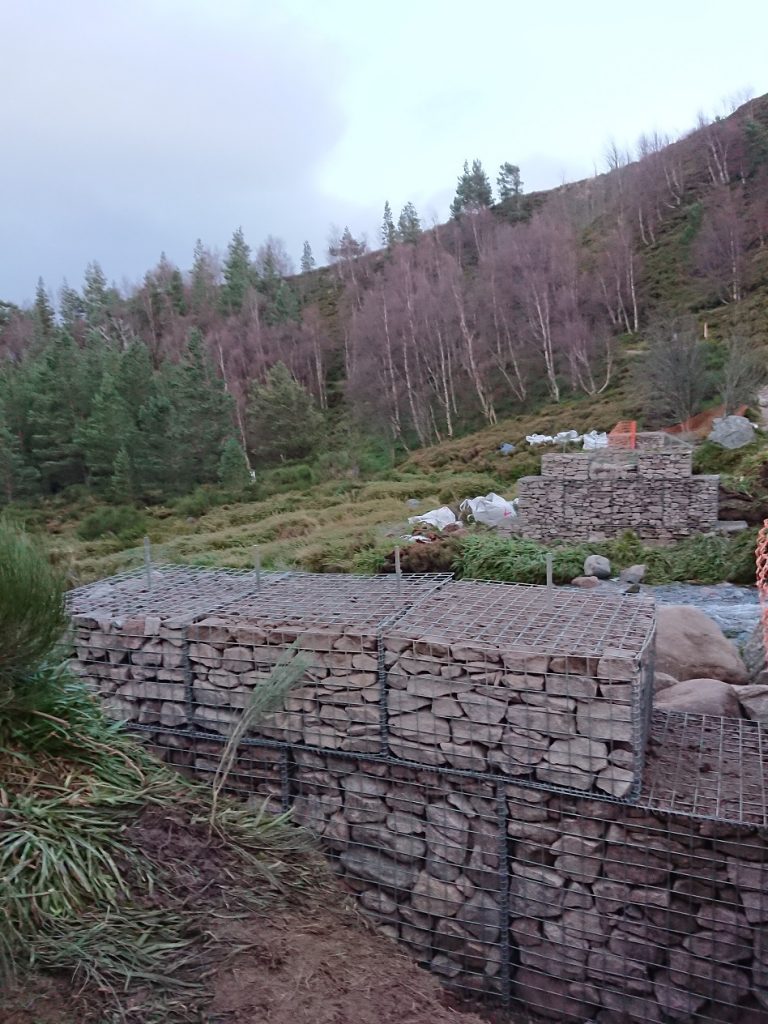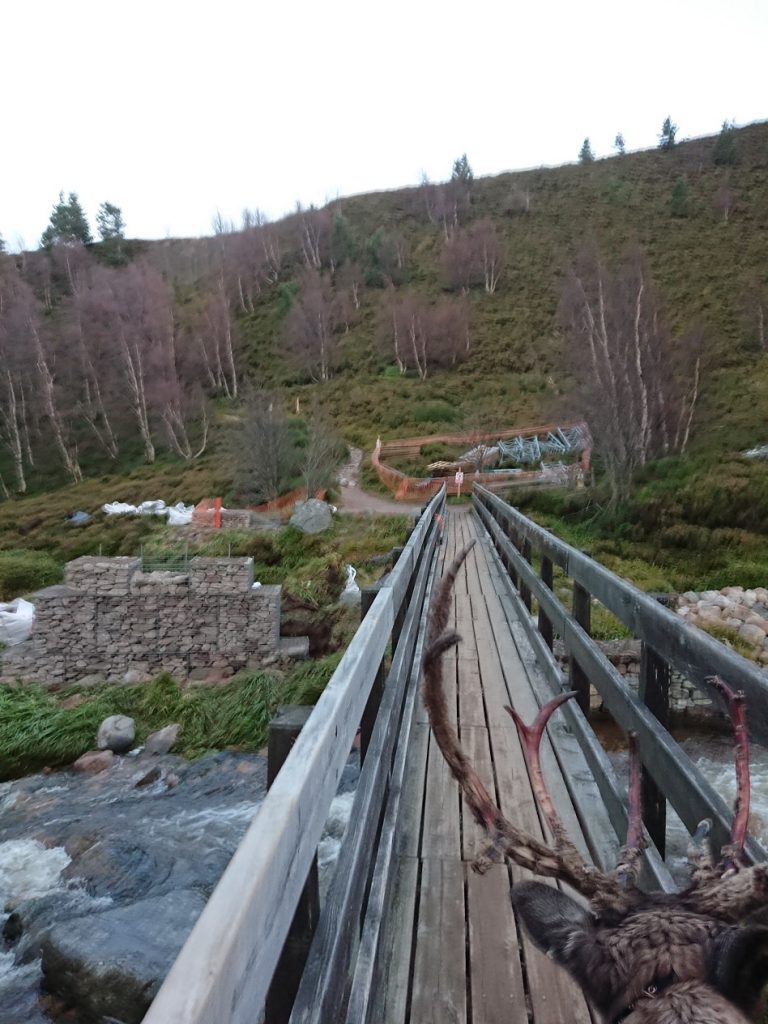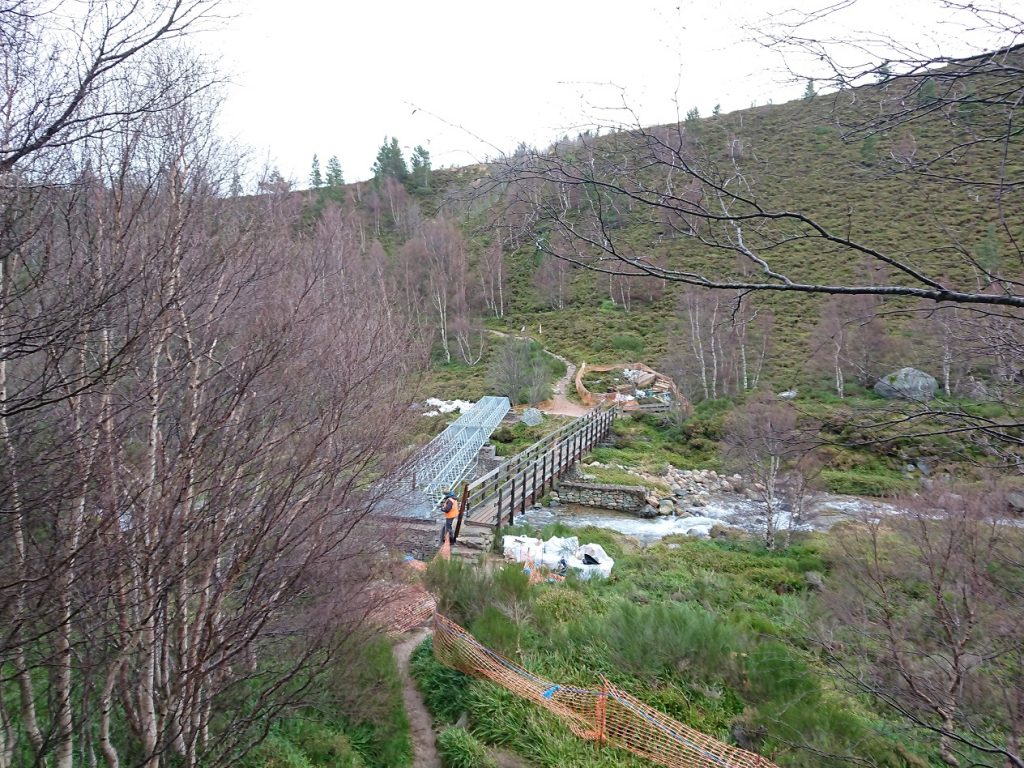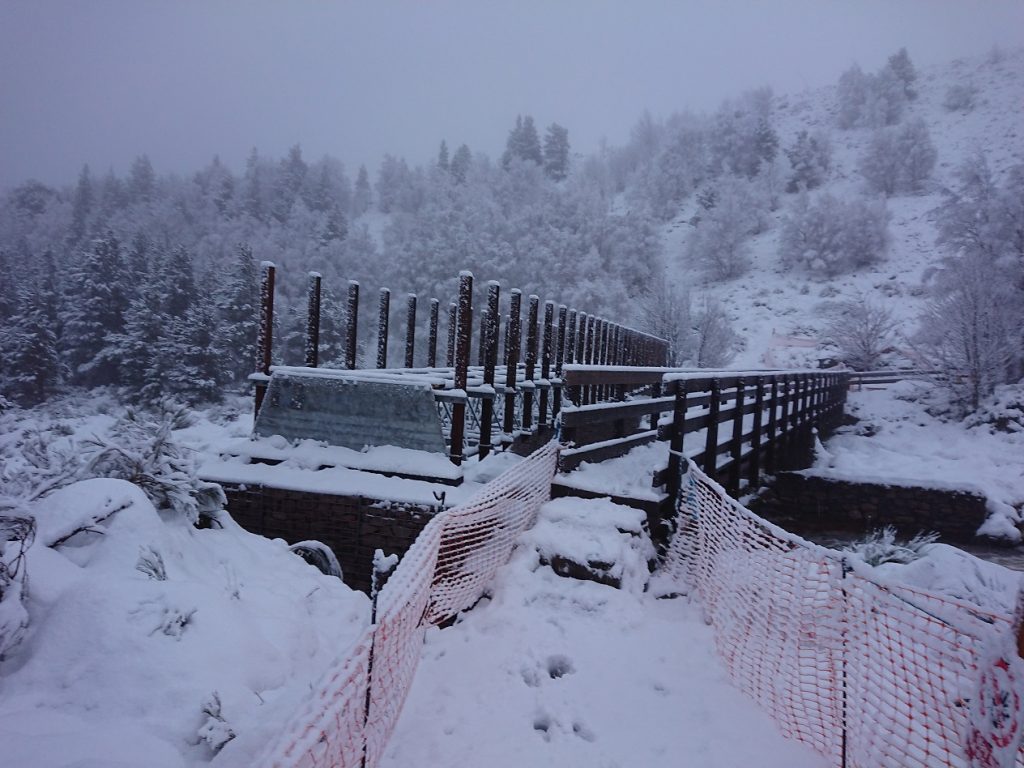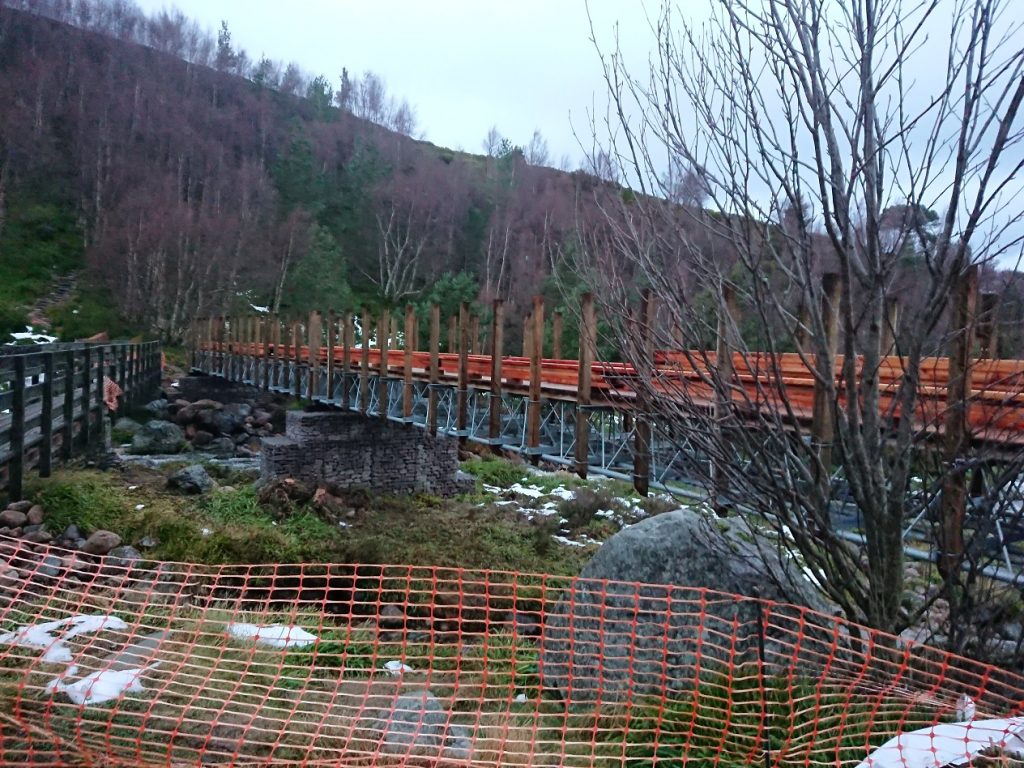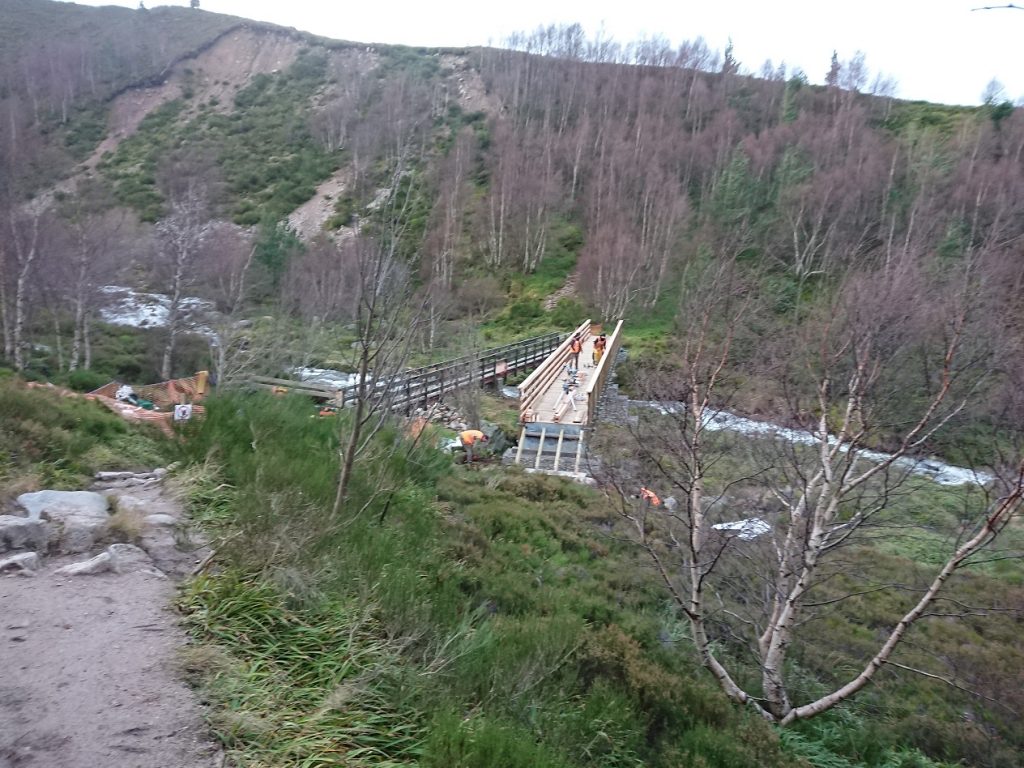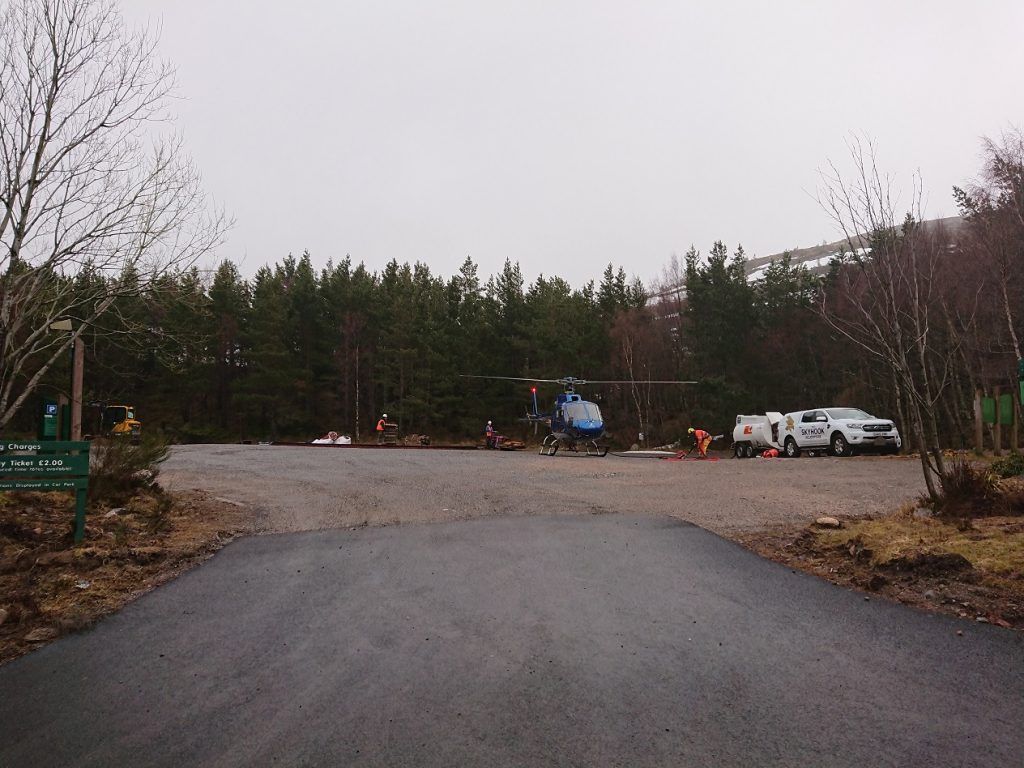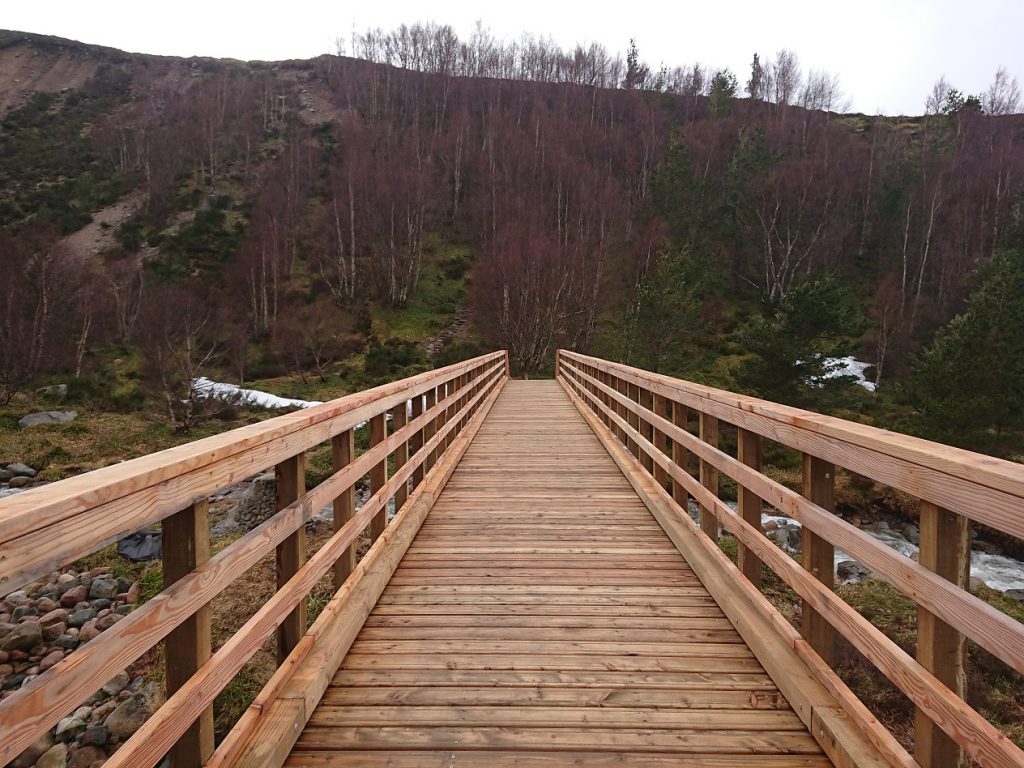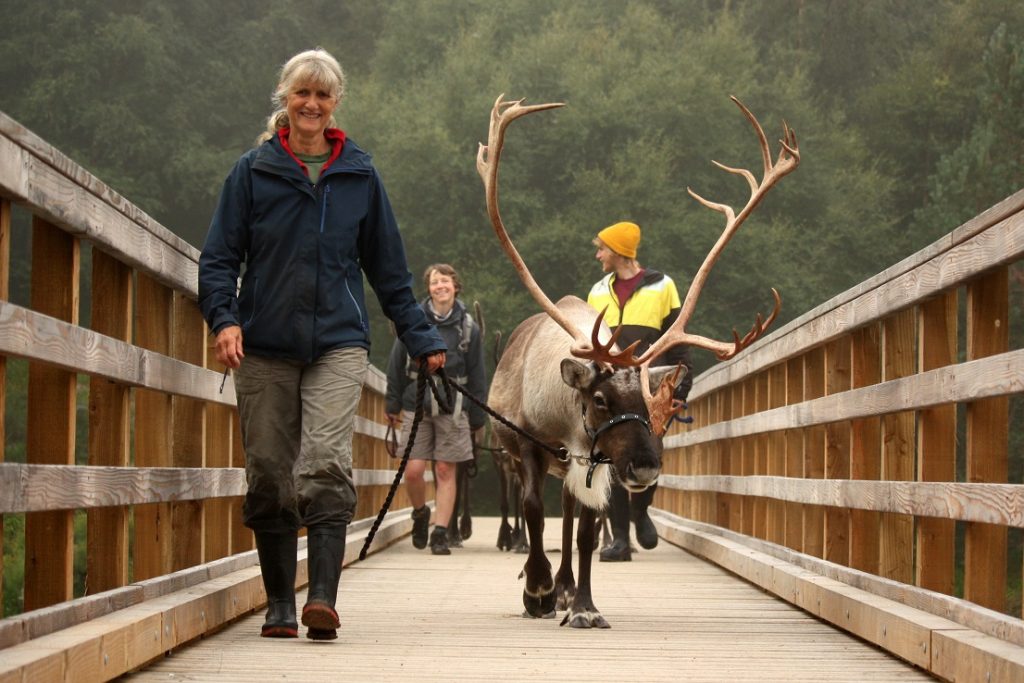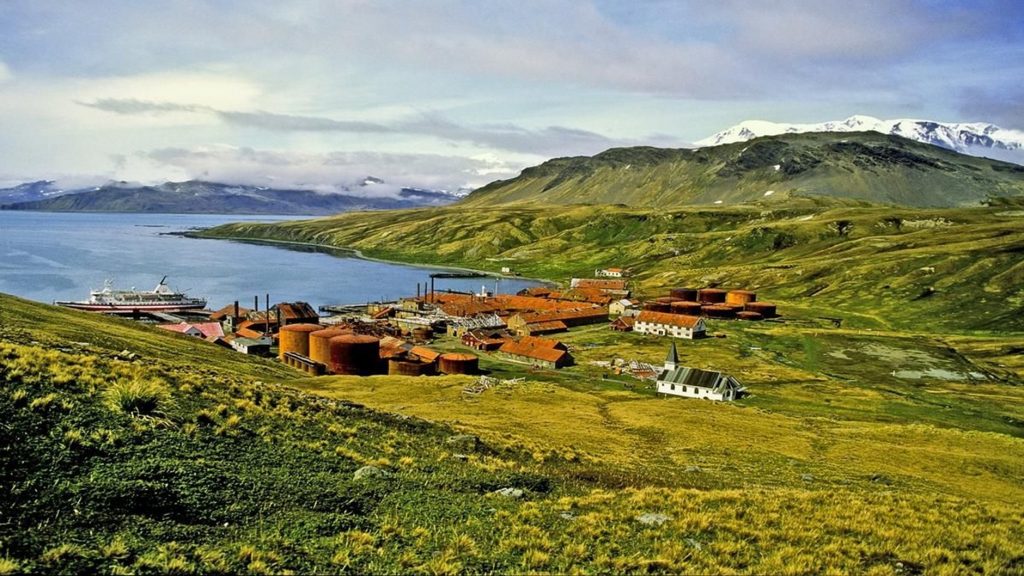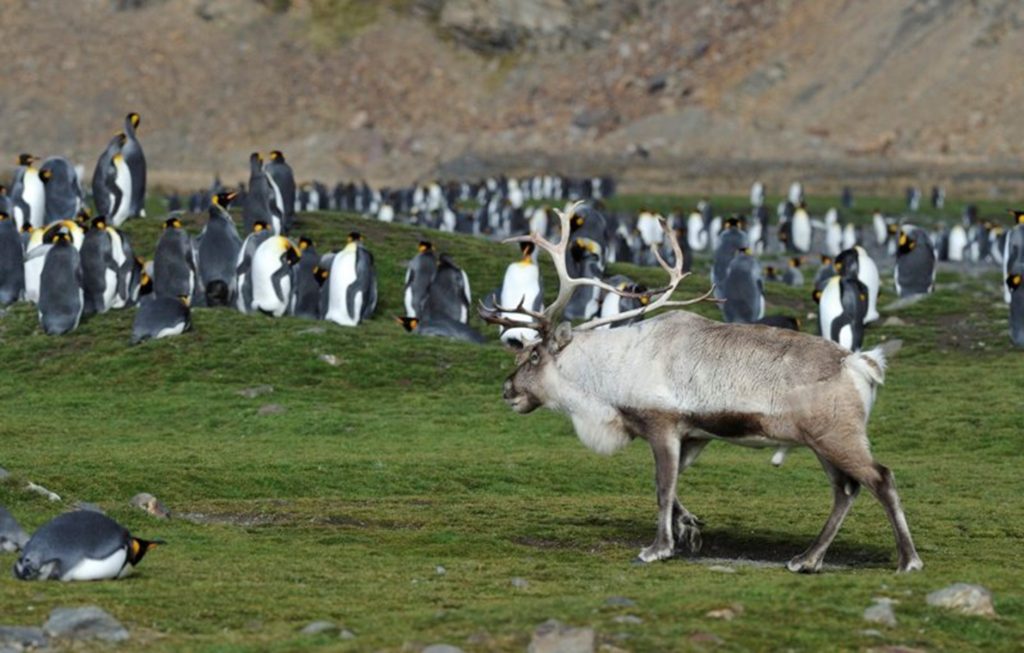Back in July, the dreaded Covid-19 eventually struck down Reindeer House. With around 6 staff living in Reindeer House at any one time, it seemed almost inevitable that it would get us at some point – regardless of how careful everyone was being – and to be honest we’re all amazed that we made it as far as July 2021. Although I admit the 8.30pm phone call from Fiona (“Hen? Bad news…”) still came as a bit of a surprise to me at the time.
Around half the staff, myself and Andi included, don’t live onsite, so only half of the staff were affected. But Reindeer House is quite small with not much space for all its residents to keep away from each other, so once one person in the house caught the virus, everyone else went down like dominoes, one by one. Poor Joe resisted the longest, valiantly testing negative day after day for a full week, so by the point he had finally succumbed and done his 10 day stint, the poor lad had been isolating for 17 days!
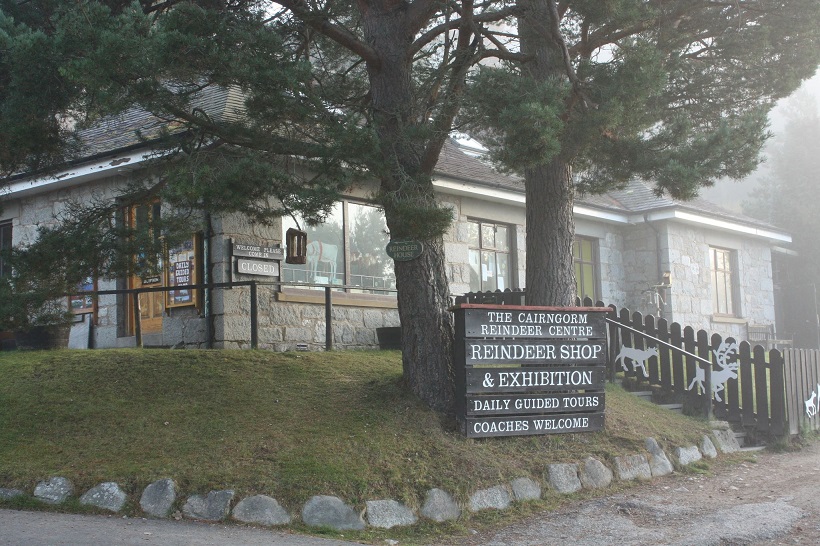
Although we closed to the public completely for one day, everyone spent that one day working out how we could possibly continue working to some extent, and actually it all worked out rather well, with two ‘teams’ of staff – the plague-ridden Reindeer House lot dealing with all the office work, while the healthy outsiders dealt with the reindeer on the hill and the guided tours, with no crossover whatsoever. What a blessing to have a business where the main ‘thing’ is all outside, with no need for visitors to come anywhere near Reindeer House at all! While obviously it would have been an unwelcome financial hit to have had to cancel all the Hill Trips for the 2.5 week period, it would have also been terrible to have had to disappoint so many people who were already booked in and champing at the bit to see the reindeer, and this thought did spur us on too to find a way to make this still possible.
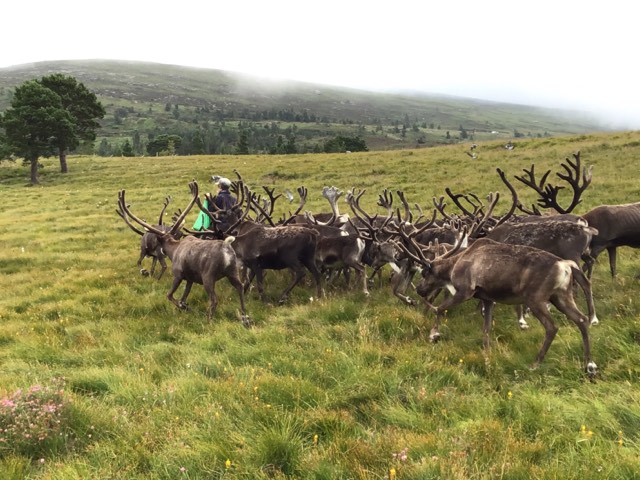
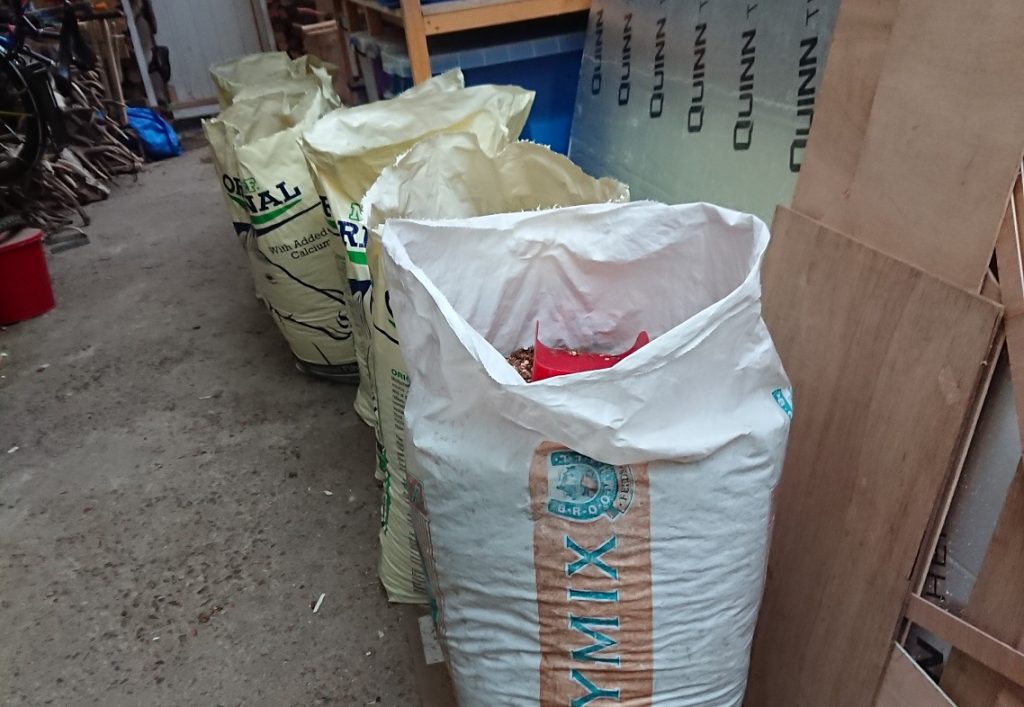
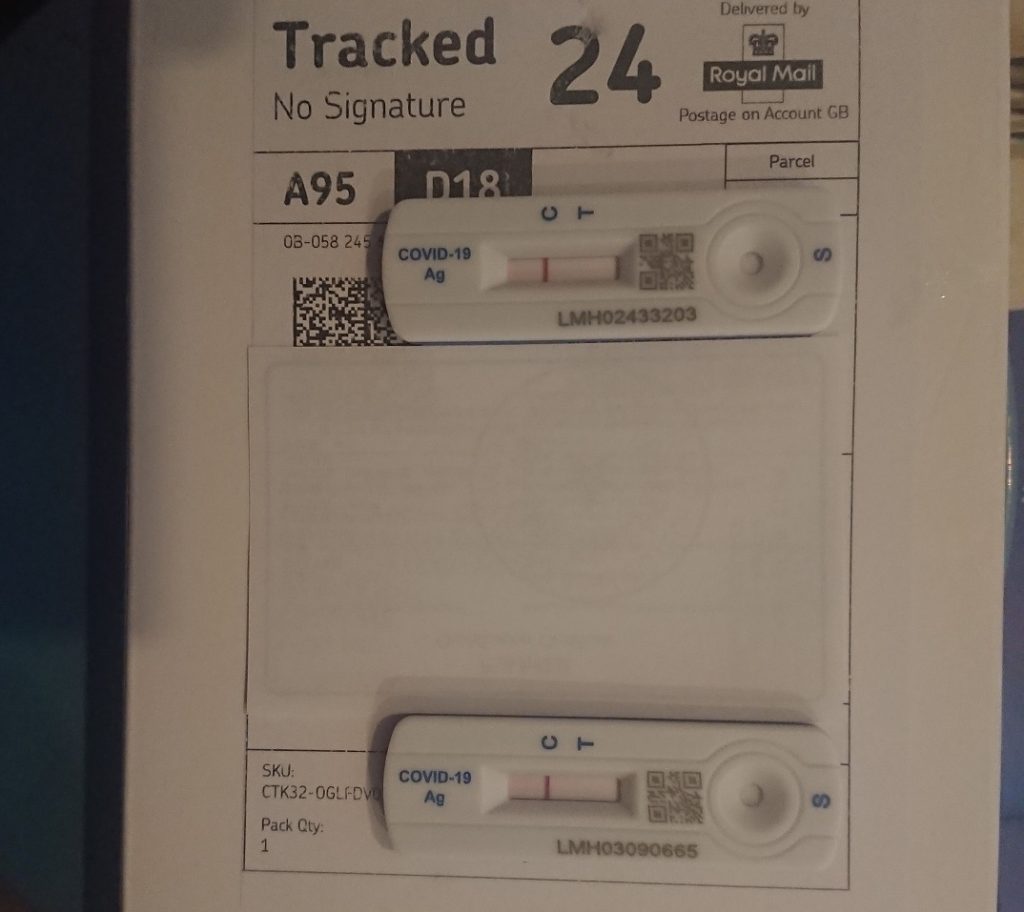
We settled into a steady pattern. Andi and I would arrive first thing in the morning and head up on to the hill to check and feed the reindeer herd, making sure everyone was present and correct, applying fly-spray to their antlers if necessary, and giving them their first feed of the day. Then back down to Reindeer House, where we’d have a morning ‘meeting’ over the garden fence. Reindeer House’s plaguey residents would come trotting out into the garden as soon as they saw us through the windows (People! People to talk to! Social interaction!) and thankfully for pretty much the entire time the Centre was closed, the weather was glorious and we could have a good catch up before we headed home. For Andi and I the working day was finished by 10.30am.
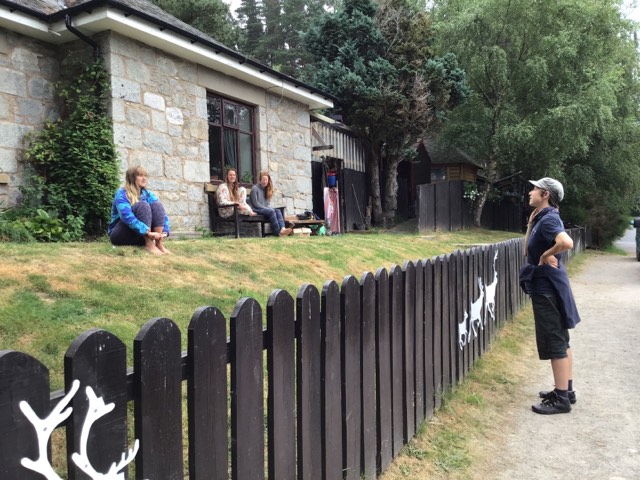
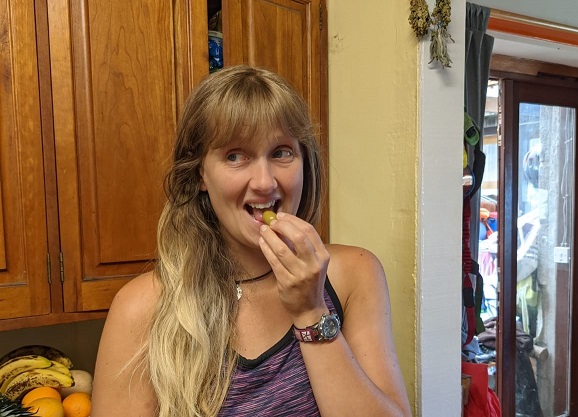
Most days, before we headed home, other ‘outside’ (i.e. healthy!) staff would arrive, tag-team style, have a gossip, and then would head up to the carpark ready to meet the morning’s visitors, who had all been emailed a map of where to meet instead of arriving at Reindeer House. And then the same again in the afternoon for the second Hill Trip. It all seemed to work quite well, and (for me anyway), made for a rather relaxing 2.5 weeks… Thanks to the weather playing ball and all our visitors coping very well with the last-minute change to the way their Hill Trip would work, it wasn’t too much of a hiccup. Writing this in the middle of a hectic autumn, with 3 times the number of reindeer in the hill enclosure that there was in July (due to the rutting season) and to-do lists coming out of my ears – I’m very glad it all happened in the summer and not right now! I am very aware however that we (as in the world in general) aren’t out of the woods yet and perhaps it’ll all happen again to us here at Reindeer House, but if so let’s hope it’s not anytime soon…
Hen

